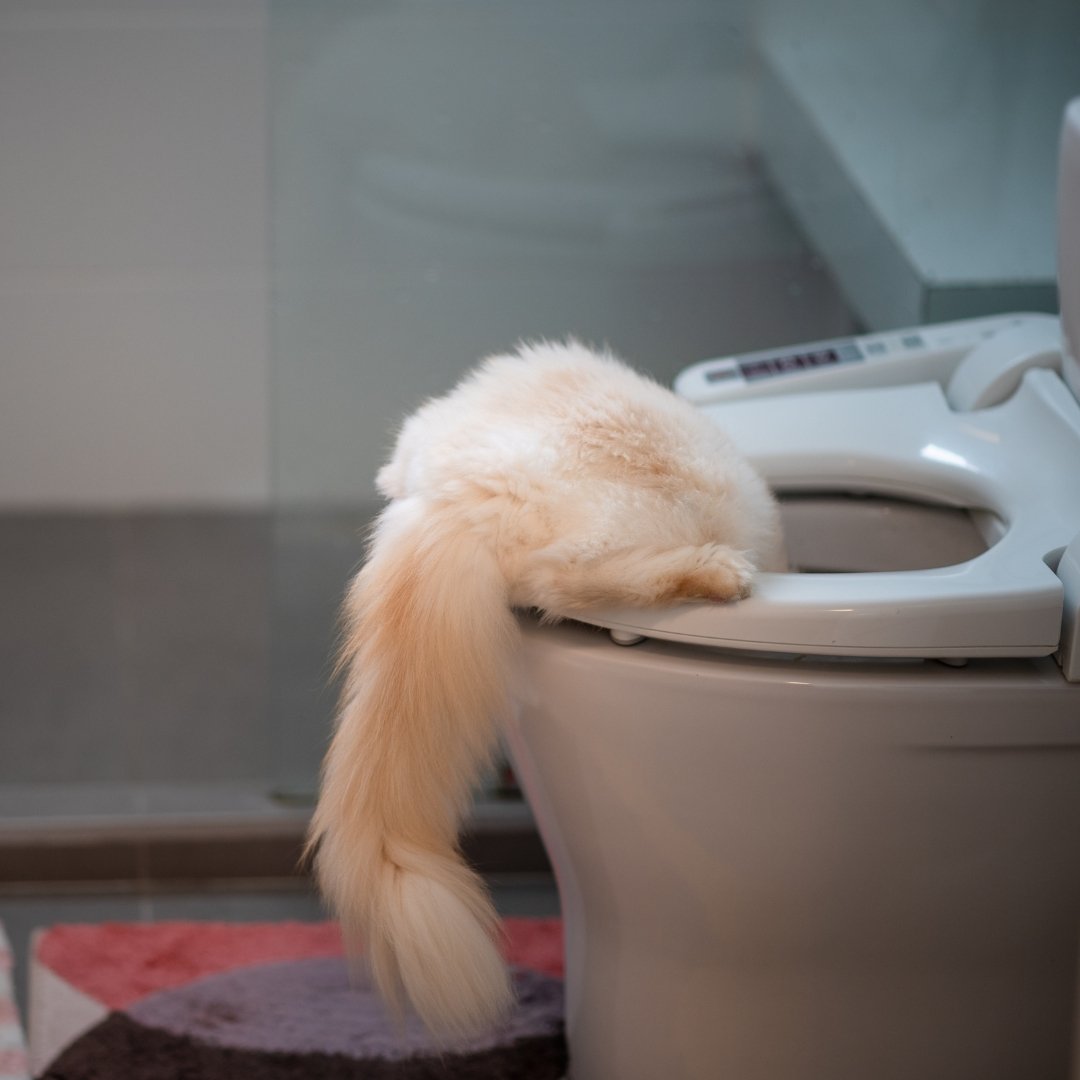Potential Risks of Flushing Cat Poop Down Your Toilet - Tips for Better Handling
Potential Risks of Flushing Cat Poop Down Your Toilet - Tips for Better Handling
Blog Article
Just about every person may have their own individual opinion about Don’t flush cat feces down the toilet.

Intro
As cat proprietors, it's essential to bear in mind just how we deal with our feline close friends' waste. While it may seem hassle-free to purge feline poop down the bathroom, this technique can have detrimental consequences for both the setting and human wellness.
Alternatives to Flushing
Fortunately, there are much safer and extra responsible ways to get rid of feline poop. Take into consideration the adhering to choices:
1. Scoop and Dispose in Trash
The most usual method of getting rid of pet cat poop is to scoop it right into a biodegradable bag and throw it in the trash. Make certain to make use of a dedicated litter scoop and get rid of the waste immediately.
2. Usage Biodegradable Litter
Select eco-friendly pet cat clutter made from products such as corn or wheat. These trashes are eco-friendly and can be safely thrown away in the garbage.
3. Hide in the Yard
If you have a yard, consider burying cat waste in a designated area away from vegetable gardens and water sources. Make certain to dig deep adequate to avoid contamination of groundwater.
4. Set Up a Pet Waste Disposal System
Purchase an animal waste disposal system specifically made for pet cat waste. These systems use enzymes to break down the waste, lowering smell and environmental impact.
Health Risks
In addition to environmental concerns, flushing pet cat waste can additionally posture health and wellness dangers to people. Cat feces might contain Toxoplasma gondii, a bloodsucker that can create toxoplasmosis-- a potentially severe illness, specifically for expecting women and people with damaged body immune systems.
Environmental Impact
Flushing feline poop presents hazardous pathogens and parasites into the water, positioning a substantial danger to marine ecological communities. These impurities can adversely influence aquatic life and concession water top quality.
Verdict
Accountable family pet ownership extends past providing food and shelter-- it likewise entails proper waste monitoring. By refraining from purging cat poop down the toilet and going with alternate disposal approaches, we can reduce our ecological footprint and shield human wellness.
Why Can’t I Flush Cat Poop?
It Spreads a Parasite
Cats are frequently infected with a parasite called toxoplasma gondii. The parasite causes an infection called toxoplasmosis. It is usually harmless to cats. The parasite only uses cat poop as a host for its eggs. Otherwise, the cat’s immune system usually keeps the infection at low enough levels to maintain its own health. But it does not stop the develop of eggs. These eggs are tiny and surprisingly tough. They may survive for a year before they begin to grow. But that’s the problem.
Our wastewater system is not designed to deal with toxoplasmosis eggs. Instead, most eggs will flush from your toilet into sewers and wastewater management plants. After the sewage is treated for many other harmful things in it, it is typically released into local rivers, lakes, or oceans. Here, the toxoplasmosis eggs can find new hosts, including starfish, crabs, otters, and many other wildlife. For many, this is a significant risk to their health. Toxoplasmosis can also end up infecting water sources that are important for agriculture, which means our deer, pigs, and sheep can get infected too.
Is There Risk to Humans?
There can be a risk to human life from flushing cat poop down the toilet. If you do so, the parasites from your cat’s poop can end up in shellfish, game animals, or livestock. If this meat is then served raw or undercooked, the people who eat it can get sick.
In fact, according to the CDC, 40 million people in the United States are infected with toxoplasma gondii. They get it from exposure to infected seafood, or from some kind of cat poop contamination, like drinking from a stream that is contaminated or touching anything that has come into contact with cat poop. That includes just cleaning a cat litter box.
Most people who get infected with these parasites will not develop any symptoms. However, for pregnant women or for those with compromised immune systems, the parasite can cause severe health problems.
How to Handle Cat Poop
The best way to handle cat poop is actually to clean the box more often. The eggs that the parasite sheds will not become active until one to five days after the cat poops. That means that if you clean daily, you’re much less likely to come into direct contact with infectious eggs.
That said, always dispose of cat poop in the garbage and not down the toilet. Wash your hands before and after you clean the litter box, and bring the bag of poop right outside to your garbage bins.
https://trenchlesssolutionsusa.com/why-cant-i-flush-cat-poop/

I'm just very focused on Can You Flush Cat Poo or Litter Down the Toilet? and I'm hoping you liked our article. Appreciated our content? Please share it. Let other people check it out. Thank you for going through it.
About This Report this page